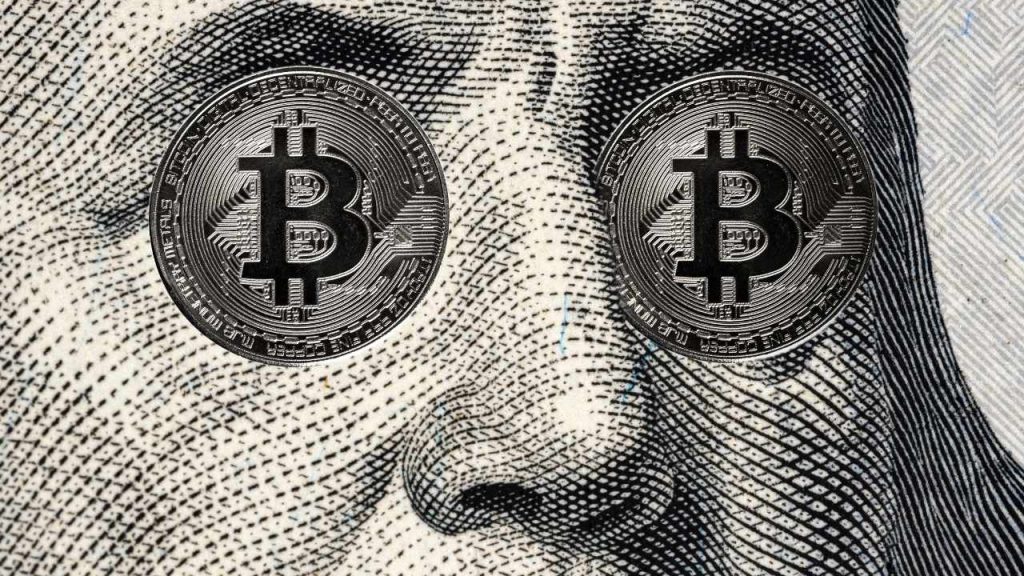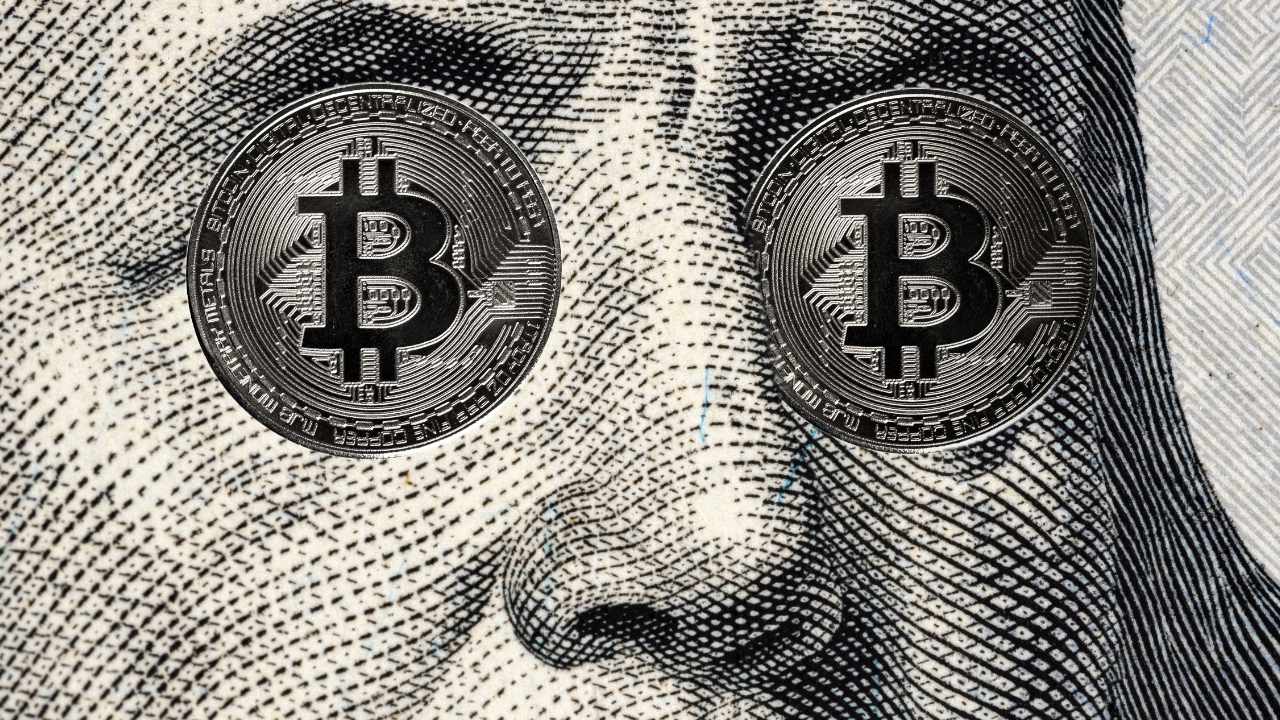
Decoding Kiyosaki’s Crash Course: A Deep Dive into His Bitcoin-Fueled Predictions
The Man Behind the Predictions
Robert Kiyosaki, a name synonymous with financial education, has carved a niche for himself as a provocative voice in the world of finance. His book, “Rich Dad Poor Dad,” has sold millions of copies, making him a household name for those seeking financial wisdom. However, Kiyosaki’s recent forays into predicting economic doom and advocating for Bitcoin have sparked both admiration and controversy. His predictions, often dramatic and apocalyptic, have drawn comparisons to Nostradamus, while his enthusiastic endorsements of Bitcoin, gold, and silver have made him a polarizing figure.
The Impending Economic Storm: A Perfect Storm of Bubbles?
Kiyosaki’s central thesis is that the global financial system is on the verge of collapse. He points to several factors that he believes are fueling this instability:
Fiat Currency Concerns
At the heart of Kiyosaki’s argument is his distrust of fiat currencies, particularly the U.S. dollar. He argues that the Federal Reserve’s continuous money printing devalues the dollar, leading to inflation and eroding the purchasing power of savers. He views fiat as “fake money,” lacking intrinsic value and susceptible to manipulation by governments and central banks. This perspective is not unique to Kiyosaki; many economists and financial analysts share his concerns about the long-term sustainability of fiat currencies.
Mounting Debt
Kiyosaki frequently highlights the unsustainable levels of national and personal debt. He believes that excessive debt burdens create systemic risk, making the economy vulnerable to shocks and downturns. He specifically points to the potential collapse of the bond market as a major source of concern. The COVID-19 pandemic has only exacerbated this issue, with governments around the world taking on unprecedented levels of debt to stimulate their economies.
Market Bubbles
Kiyosaki sees bubbles forming across various asset classes, including stocks, real estate, and even precious metals like gold and silver. He believes these bubbles are unsustainable and poised to burst, triggering a widespread market crash. His recent predictions suggest these bubbles could burst soon, leading to simultaneous price declines across different asset classes. This is a contentious point, as many economists argue that markets are efficient and that bubbles are difficult to predict.
The “Biggest Crash in History”: When and Why?
While Kiyosaki has been warning about an impending crash for years, he often provides updated timelines and specific triggers. Some reports suggest he’s pointing to February 2025 as a potential inflection point, where the stock market could experience a significant downturn. However, it’s important to note that these predictions are based on his interpretation of macroeconomic trends and are not guarantees. The “why” behind the crash remains consistent: the culmination of excessive debt, devalued fiat currencies, and inflated asset bubbles. He believes these factors will converge to create an economic earthquake, wiping out significant wealth for those holding traditional assets.
Bitcoin as a Lifeboat: A Contrarian’s Perspective
Amidst his dire warnings, Kiyosaki consistently champions Bitcoin, gold, and silver as safe havens during economic turmoil. His rationale for favoring these assets stems from their perceived scarcity and independence from the traditional financial system.
Bitcoin as “Digital Gold”
Kiyosaki often refers to Bitcoin as “digital gold,” emphasizing its limited supply of 21 million coins. He believes this scarcity makes Bitcoin a hedge against inflation and currency debasement. Unlike fiat currencies, Bitcoin is not controlled by central banks or governments, offering a degree of autonomy and decentralization. This perspective is shared by many in the cryptocurrency community, who see Bitcoin as a store of value akin to gold.
A Buying Opportunity Amidst the Chaos
Kiyosaki’s most intriguing stance is his plan to buy more Bitcoin, gold, and silver during market corrections. He views crashes as opportunities to acquire these assets at discounted prices. He dismisses warnings about Bitcoin crashes as “clickbait,” suggesting that these dips are merely temporary setbacks before the cryptocurrency resumes its upward trajectory. He sees a Bitcoin crash as a “100% buying opportunity.” This approach is consistent with the “buy the dip” strategy often advocated by investors in volatile markets.
Real Bitcoin vs. ETFs
Kiyosaki distinguishes between holding “real Bitcoin” and investing in Bitcoin ETFs. While he acknowledges the growing popularity of ETFs, he seems to prefer direct ownership of Bitcoin, possibly due to concerns about counterparty risk and regulatory control associated with ETFs. This preference for direct ownership is a common theme among Bitcoin purists, who argue that holding the actual asset provides greater security and control.
Decoding the Contradictions: Is it all doom and gloom?
Kiyosaki’s message can appear contradictory at times. He warns of imminent crashes while simultaneously urging investors to buy assets that he predicts will also decline in price. This apparent paradox can be understood by considering his long-term investment horizon and his belief in the ultimate resilience of Bitcoin, gold, and silver. He sees short-term price fluctuations as buying opportunities, believing that these assets will eventually rebound and outperform fiat currencies in the long run.
Beyond the Headlines: Critical Analysis and Considerations
While Kiyosaki’s warnings resonate with many, it’s crucial to approach his predictions with a critical mindset. Here are some points to consider:
Track Record
It’s essential to evaluate the accuracy of Kiyosaki’s past predictions. While he has correctly identified some economic trends, not all of his forecasts have come to fruition. For example, he has been predicting a major economic crash for several years, but so far, these predictions have not materialized. This does not necessarily mean his current predictions are wrong, but it does highlight the difficulty of accurately forecasting economic events.
Confirmation Bias
Be wary of confirmation bias. Kiyosaki’s pronouncements may appeal to those who already hold similar views about the financial system, leading to an echo chamber effect. It’s important to seek out diverse perspectives and challenge one’s own beliefs to avoid falling into this trap.
Alternative Perspectives
It’s crucial to consider alternative economic perspectives. Many economists and financial analysts hold different views on the state of the global economy and the future of Bitcoin. For instance, some argue that the current economic environment is not as dire as Kiyosaki suggests, and that markets are resilient and adaptable.
Risk Management
Regardless of one’s outlook, prudent risk management is essential. Diversifying investments and avoiding excessive leverage can help mitigate potential losses during market downturns. This is a fundamental principle of investing that applies regardless of whether one agrees with Kiyosaki’s predictions.
Conclusion: Navigating the Kiyosaki Forecast
Robert Kiyosaki’s warnings about an impending economic crash, coupled with his enthusiastic endorsement of Bitcoin, gold, and silver, present a compelling, albeit controversial, narrative. While his predictions should be viewed with healthy skepticism, they serve as a reminder of the potential risks within the global financial system. Whether or not his specific forecasts materialize, his emphasis on financial literacy, diversification, and long-term investing remains valuable. Ultimately, navigating the Kiyosaki forecast requires a balanced approach, combining critical analysis with a proactive strategy for managing risk and building wealth. His core message resonates deeply: understand the system, prepare for volatility, and seek assets that offer potential protection against the erosion of wealth. The future remains unwritten, but informed preparation is the best defense against any economic storm.





